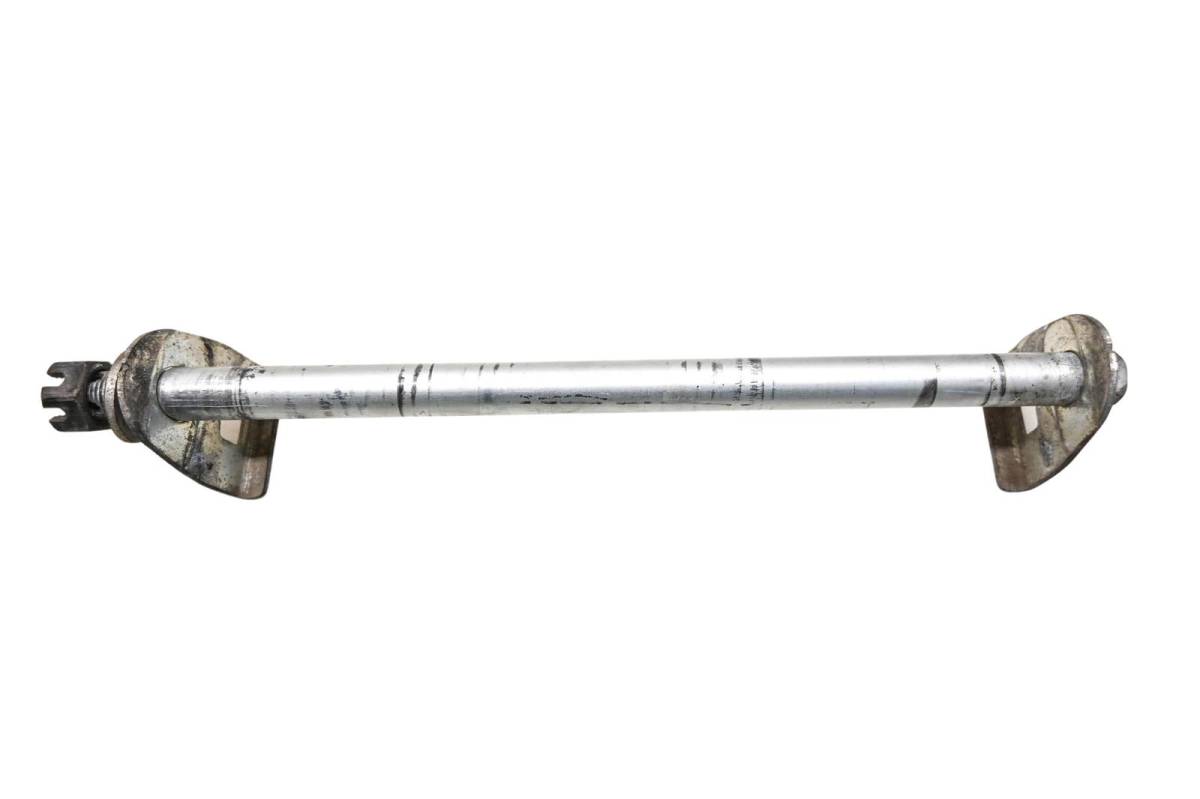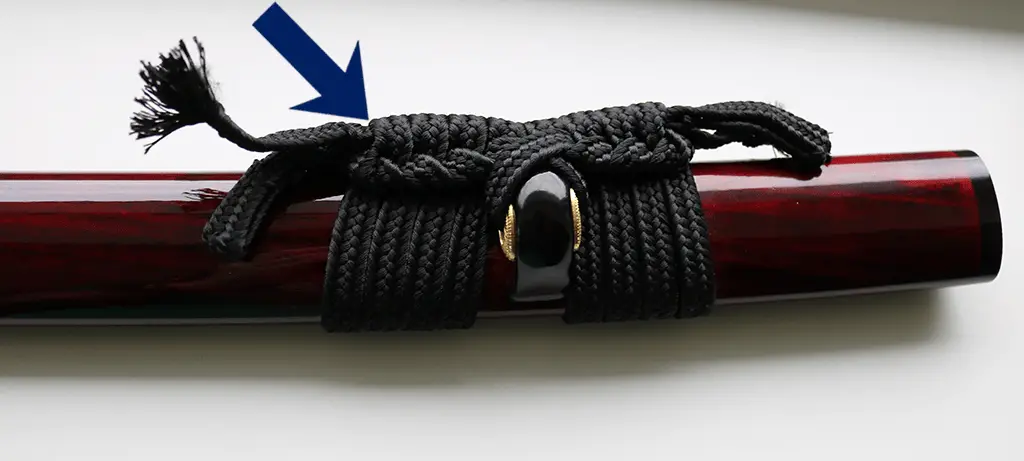

When examining a sword, always be alert and look for blade flaws (kizu).Obviously, the blade is the most important component of a sword. Of ho wood and may have information about the sword blade written on it (sayagaki).ĪDDITIONAL ARTICLES ON STYLES OF SWORDS AND KOSHIRAEīe sure to read Clive Sinclaire's excellent article onĪlso read Guido Shiller's fine article on types of swords and koshirae Not mounted in its normal buke-zukuri or tachi fittings. Handachi are worn edge up like buke-zukuri mounted blades.Ī shirasaya is a storage scabbard used to protect the sword blade when not in use and when There are also "hybrid" mountings called handachi which are similar to the buke-zukuri style but have kabuto-gane, sayajiri and semegane like a tachi. They were still being made as presentation swords during the Showa era. Efu (Hoso) tachi were made from Koto through Showa times.īird's Head Tachi is a variation of the Efu tachi and were carried as court swords during many periods of Japanese history. These are generally considered ceremonial mountings rather than combat mountings. Style of tachi was used in the early Koto period, Nara and Heian eras, and was worn only by nobles of the Imperial court.Įfu tachi, also called Hoso tachi, were likewise only worn by the highest ranking daimyo and officials of the court. The Kazari tachi was one of the earliest styles of Japanese sword. The earliest Koto eras through the modern period. Tachi of various styles have been made from The tachi is worn edgeĭown with the saya suspended from a sword belt. Tachi are commonly associated with early Koto era swords and were worn by higher ranking samurai and daimyo. There are several variations of tachi koshirae.

Were made by skilled artisans and are highly sought after by collectors. The umabari is a one piece, all steel implement of triangular cross-section. Waribashi is like a kogai which is split in the middle and can be used as chopsticks. A kogai is a hair arranger and ear wax cleaner. Handle, the blade is the kokatana or gokatana] This is a general utility knife, used much like a The most common is a kozuka or small knife.

There are several types of utensils which may be found. Occassionally the saya of katana, wakizashi or tanto (never tachi) will have slots for various Swords in buke-zukuri mountings are worn edge up with the saya thrust through the obi (waist band). This accounts for the increased value of daito (katana or tachi) versus shoto and for the greater numbers of shoto (wakizashi) found today. Daisho or daito could only be worn by samurai or higher rank, whereas the short sword (shoto or wakizashi) could be worn by merchants, tradesmen and craftsmen. A set of swords consisting of a long sword (daito) and a short sword (shoto) which are mounted in identical koshirae are referred to as a daisho. It is also called the uchigatana or katana style. The buke-zukuri style of sword mounting is the most common type seen today on antique The length of a sword blade (nagasa) is measured from the tip of the kissaki in a straight line to the mune-machi. A tanto blade is normally under one shaku in length. A shoto or wakizashi has a blade length between one and two shaku. Aĭaito (long sword),either a tachi or katana, is over two shaku (one shaku equals approximately 12 inches or 30 centimeters) in length. Japanese sword blades were/are made in a variety of lengths.


 0 kommentar(er)
0 kommentar(er)
